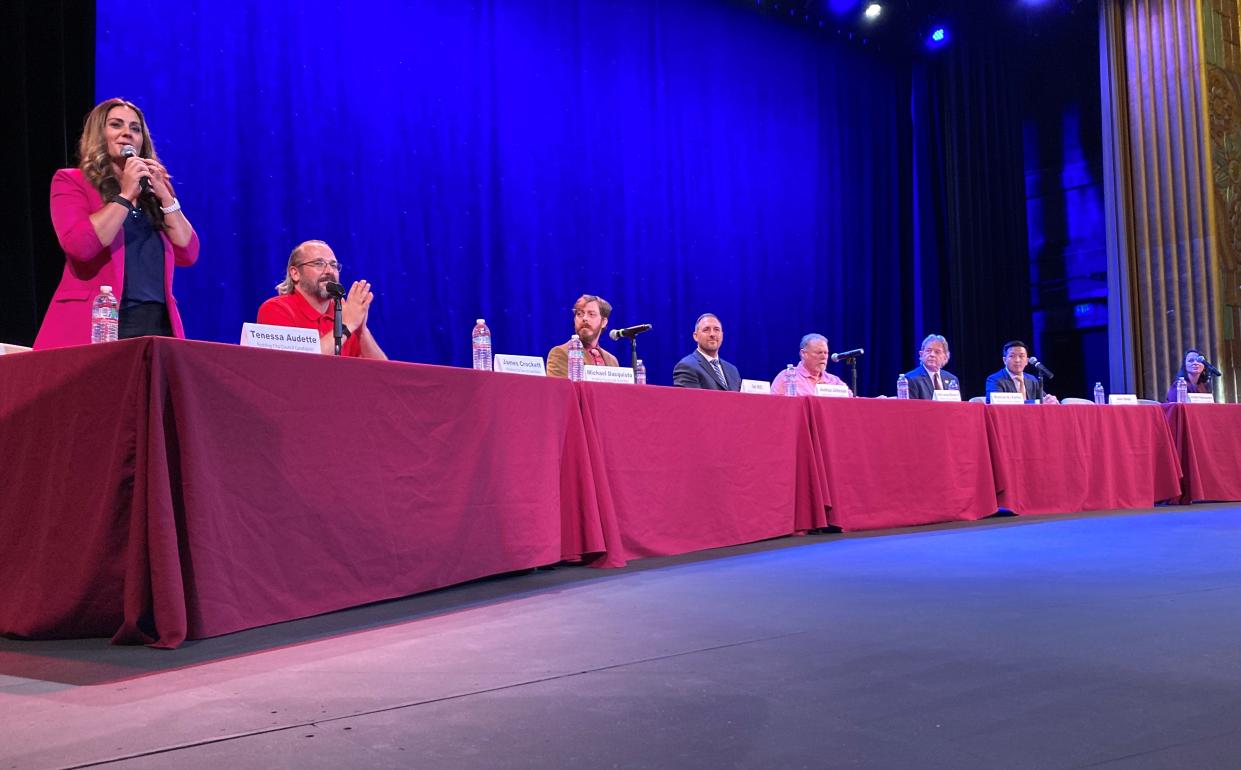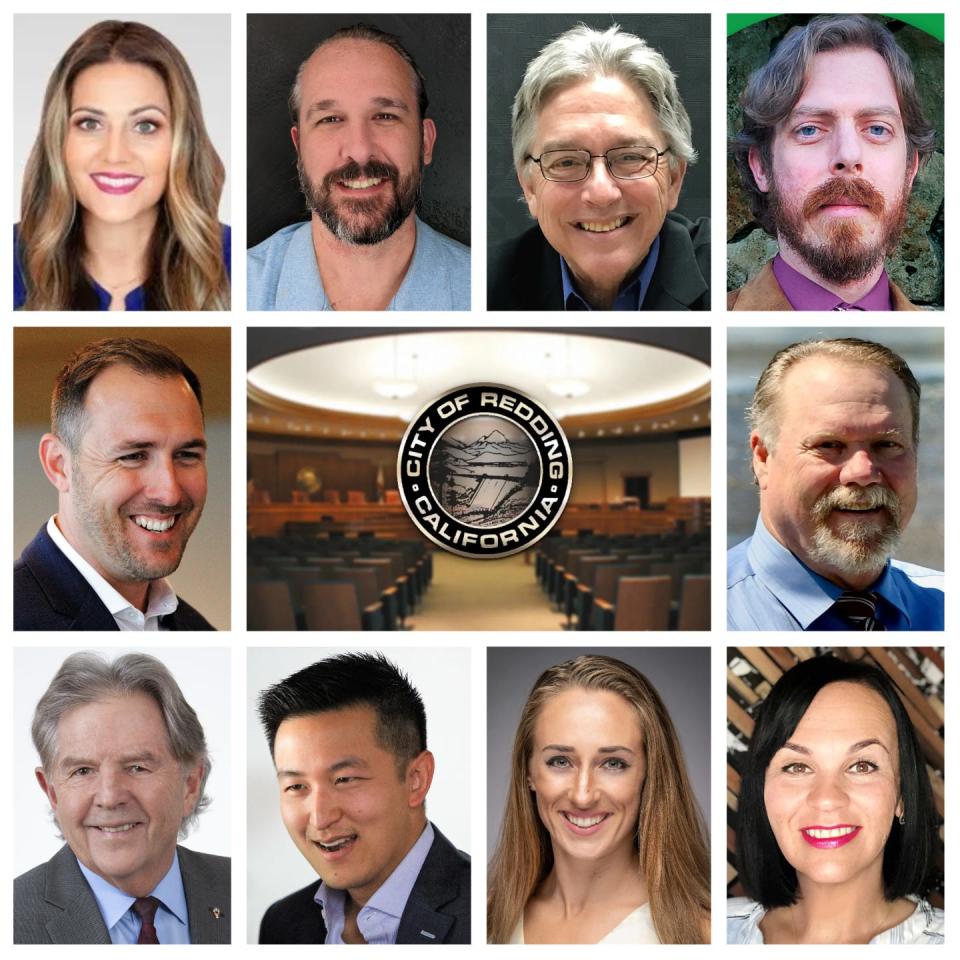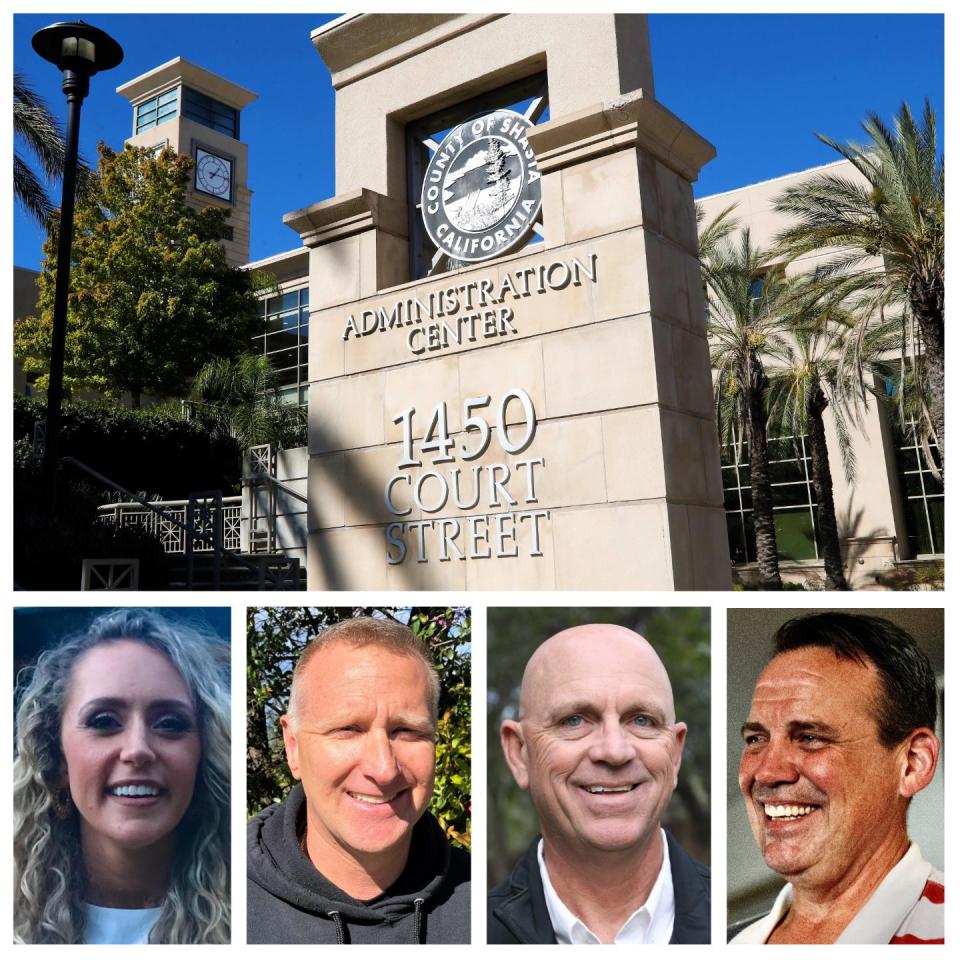Rachel Hatch: What you didn't hear at the Redding, Shasta County candidate forums

No matter who gets elected this fall, our community needs the winners to be the kind of leaders who think long-term. I’m not talking about “vision-casting,” nor hand-waving about how our best days lie ahead of us.
What our community really needs is someone who will look for pragmatic intervention points to make a difference for our future. Here are two examples.
At the City Council level in Redding, the three candidates who are elected will have an
opportunity to make an outsized impact on the General Plan update. It may sound like a wonky thing that only political junkies care about, but in reality it’s a long-range planning document that guides a lot of the things we all care about — including future development and conservation.
What if you could significantly shape future development and conservation for even 1 mile, much less the 60 square miles within our city limits? What if you could shape it not for one year, but for 20? That is the timescale we are talking about for the General Plan update.

The candidates who get elected to Redding City Council this cycle will serve for a four-year term, but they will significantly shape the next 20 years. How old will you be in the year 2042? How old will your kids; your grandkids be by that point?
The General Plan update will govern many elements of our community’s future: Land use, urban design and historic preservation; parks, open spaces and recreation; transportation and circulation; public health and safety and more.
So while it may not have been a topic that was front and center at the candidate forums, this is a high-impact opportunity. No matter who wins, they need to help Redding become more future-ready.
In the years leading up to 2000 (when the current General Plan was being updated) of course wildfires were on our community’s radar screen, but we had not yet experienced the trauma of the Carr Fire encroaching on our city limits — destroying more than a thousand homes and presenting challenges to ecological habitats and watersheds.
Back then, few people had spent time thinking about the Wildland Urban Interface (WUI). How will we plan differently this time around?
Another thing that’s changed since the last update is that California has now
delineated an Environmental Justice element as part of the General Plan update process. This means we need to identify disadvantaged communities within the city limits, take a close look at compounded health risks in those areas, identify ways to promote civic engagement by those groups in public decision-making processes, and consider policies that prioritize their needs.

This is a big opportunity to do right by our people for the next two decades, and it’s time to meet the moment. But it won’t happen automatically. Leaders will need to recognize the importance of this process.
At the Shasta County Board of Supervisors level, the two new individuals who step up to the dais will also have an opportunity to leave their mark on our long-term future by advocating for the adoption of a Climate Action Plan. Drought, wildfires and extreme heat are a real problem in the nearly 4,000 square miles that the supervisors represent — people are feeling the impacts.
What’s a Climate Action Plan? The Institute for Local Governments says “Climate action plans are comprehensive roadmaps that outline the specific activities that an agency will undertake to reduce greenhouse gas emissions.”
Shasta County has not yet adopted a Climate Action Plan. Leading the way toward the
establishment of one would not only be the right thing to do for the sake of community
resilience, but it would also importantly unlock state and federal funds which are only available to counties who have a plan. Butte County adopted theirs in 2014 and updated it in 2021. Why can’t we?

Of course, candidates running for office need sound bytes. That’s part of the game. And there are no easy sound bytes when it comes to long-term planning efforts like these. They are complex and multifactorial by definition.
Read more from Rachel Hatch: Building economic resilience in our North State communities
But five candidates are about to turn the corner from campaigning to governing. And
governing — whether at the city of Redding or within Shasta County — will require you to shift gears. You will join with (at least some) other elected public servants who see the urgent futures we face with clear eyes.
When you’re elected, what will you do to build the willpower among decision-makers to think long-term? We are counting on you.
Rachel Hatch can be reached via Twitter @Rachelkeas or at RachelReddingCA@gmail.com
This article originally appeared on Redding Record Searchlight: Rachel Hatch: Redding, Shasta County candidates must think long-term

